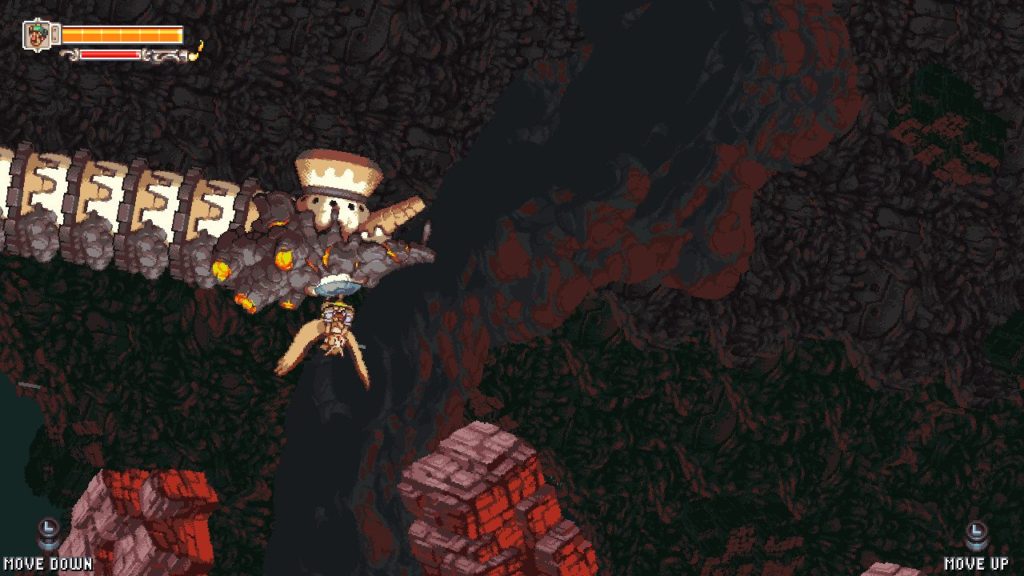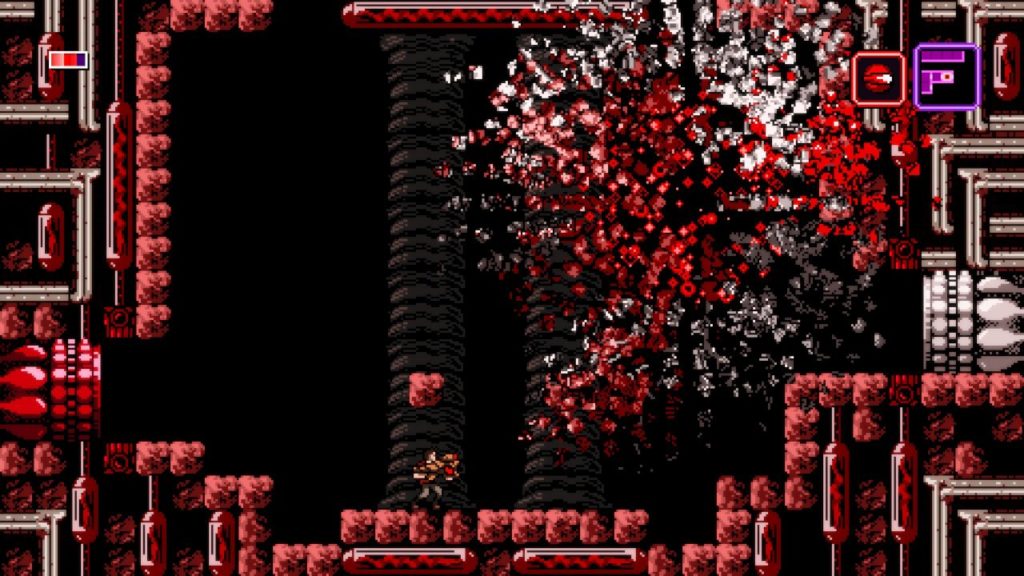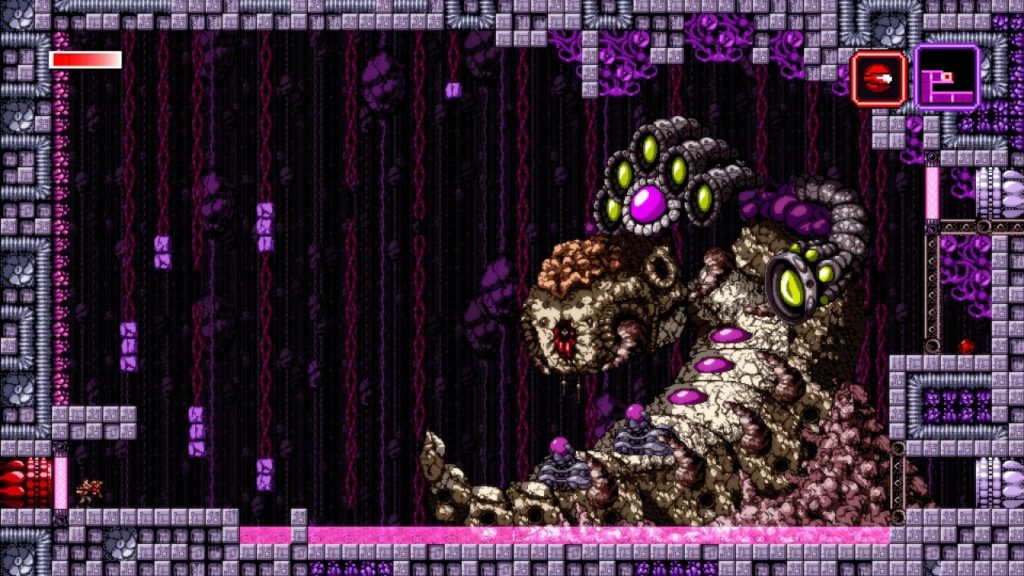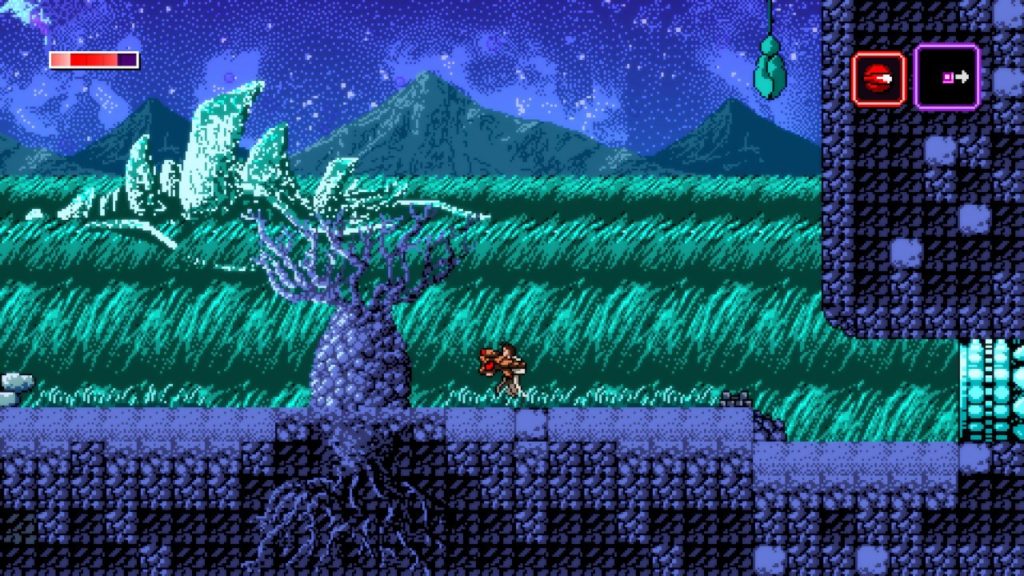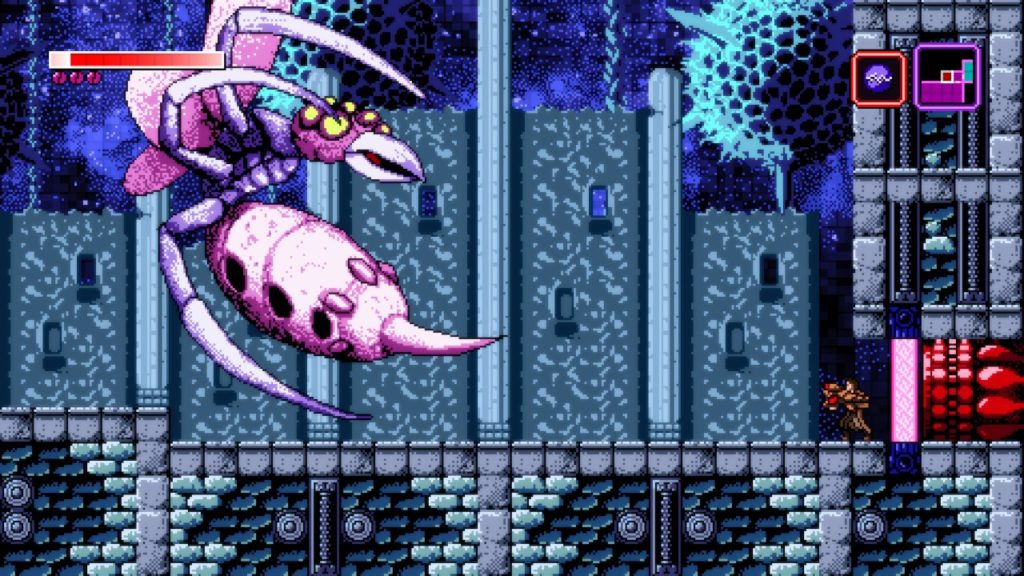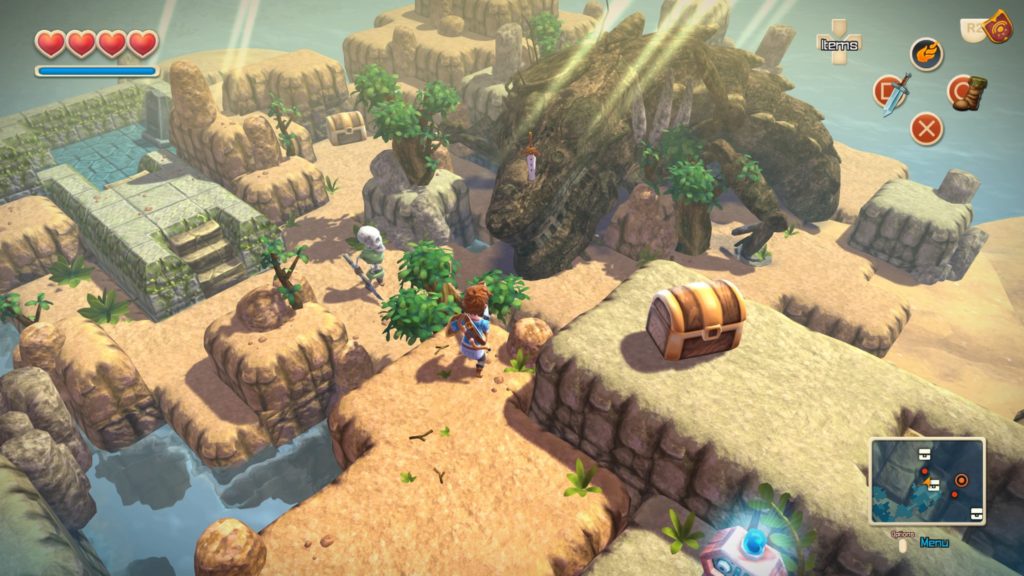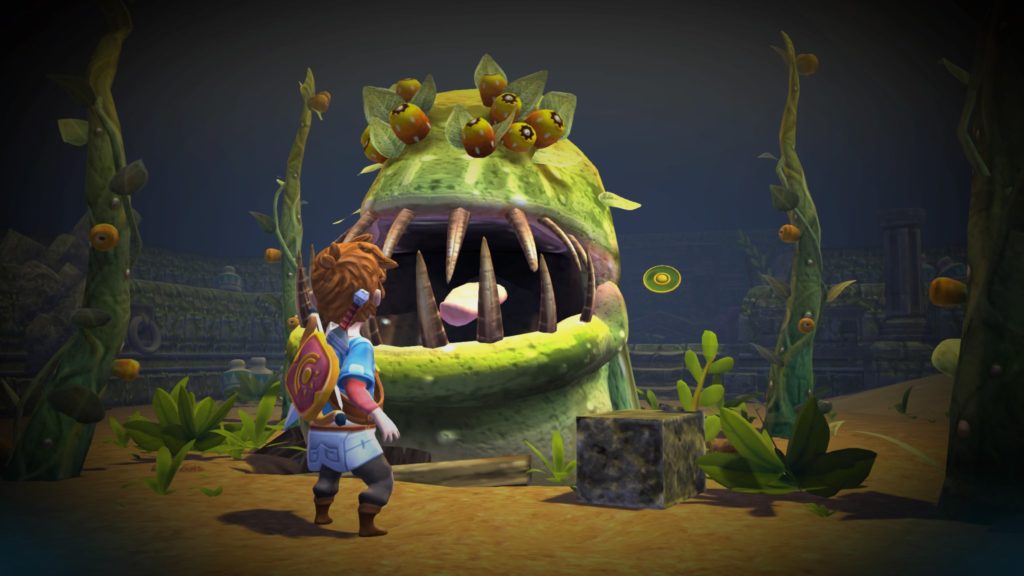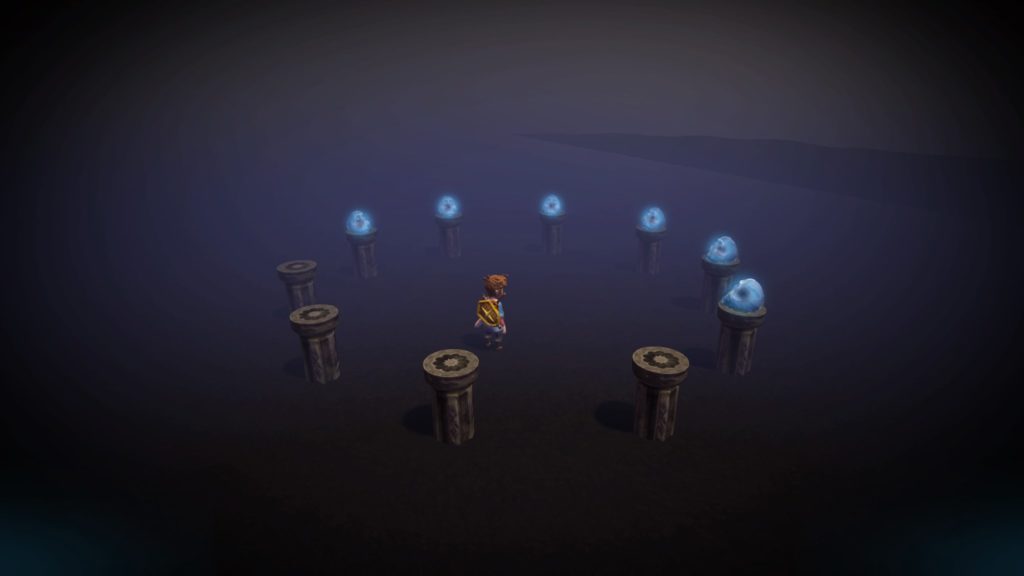- Genre: Metroidvania
- Platform: Switch
- Also Available On: Windows, macOS, Linux, PS4, Xbox One
TL;DR
- High points are non-gameplay. Story, visuals, audio are all top notch.
- Mechanically does enough to get the job done, but is pretty standard. Bosses are pretty simple, not too many upgrades, not much reason to back track.
Add this one to the list of Metroidvania games that I’m always a sucker for, and it was definitely solid enough to be worth playing through. This was definitely an indie darling as it was in development, and it properly earned a lot of accolades, particularly for its visuals. However, in being a game that did its non-gameplay elements so well, it’s a bit unfortunate in that the gameplay itself is pretty much hitting the minimum standard, and not really doing much to separate itself from the pack.
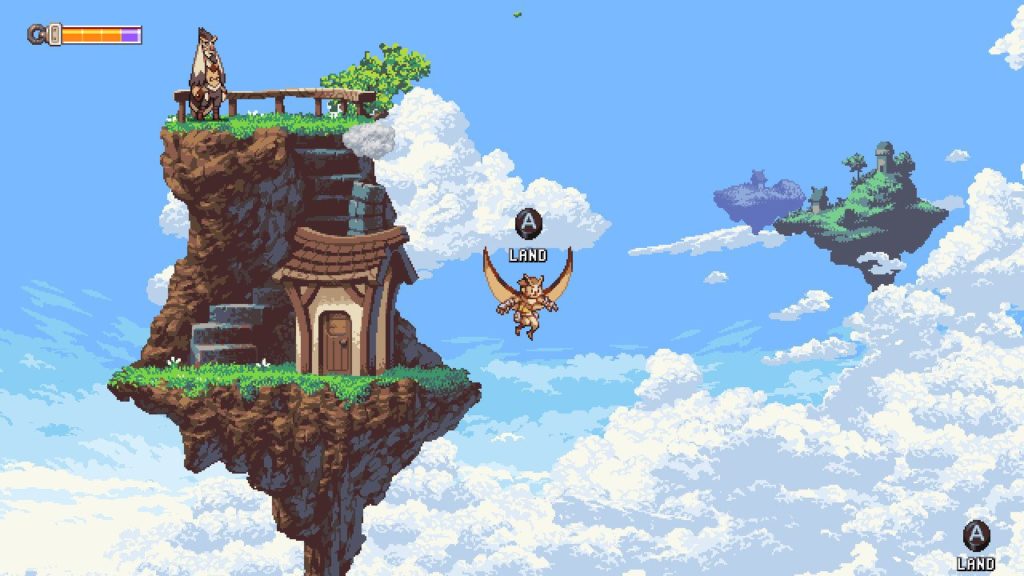
It’s pretty easy to see from the start where Owlboy earned its biggest hype from. This game is drop dead gorgeous. It’s easy for pixel art games to become difficult to play at times from overly busy visuals, but this one escapes all of those traps. The backgrounds are high detail, but use muted color palettes to separate themselves from the foreground. Characters are all fairly low-resolution, but have unique looks of their own so you can immediately tell who is who. Even more important, the character animation is phenomenal. There’s enough frames of animation for everything to look really fluid, whether in normal traversal or in combat situations. Even little details like character facial reactions during cutscenes lend a lot of life to scenes where 2D games typically have to depend more on text.
This high attention to non-gameplay detail also extends to the story and music. From a non-spoiler perspective, the story focuses on the growth of the main character in trying to learn to be an owl, and how the world around him has gotten to the state it’s in. The characters he meets with throughout, and those that end up travelling with him are all well written, each with their own motivations as to why they’re joining the party. As for the soundtrack, it’s a well orchestrated set of pieces, ranging from lighter pieces in town to high action pieces in battle. Overall, I recommend giving it a listen.
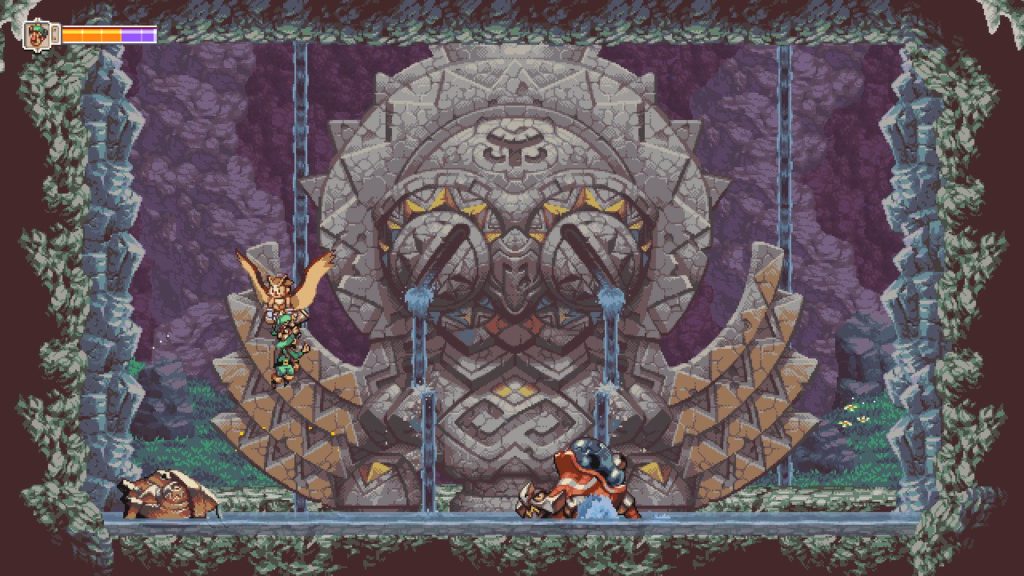
The gameplay on the other hand is a lower point in the game. It’s not that it’s bad – in fact, it hits pretty much all the expected notes for a game of this style. It just doesn’t really do anything to stand out.
Out of all of this, bosses really are the high point. They’re pretty standard sort of 2 – 3 phase fights, with damage being the phase trigger across the board. For the most part, the bosses also introduce new mechanics as they phase transition. However, the bosses themselves are still fairly simple. Typically speaking, you get a new upgrade, and face a boss weak to that upgrade. In the one above, you’d basically just been using a spin move to knock armor off enemies a bunch, then immediately get this boss. Spin hit the armor off the turtle, shoot it a bunch, repeat. This was pretty much the same thing across all bosses, and it basically meant that they were never really much of a danger. You knew going in what you were going to be expected to use, you’d have been given an entire level before hand to learn the ability, and you just have to use it to finish.
But again, it’s not necessarily a bad thing that it went that way. Upgrades are basically in two forms; characters that you can carry with you, and health upgrades earned by collecting coins. The characters were a unique way to handle the typical weapon upgrade. You only earn three – a standard gunner, a shotgunner, and a spider web launcher – but their integration into the story and gameplay as a whole was a unique way to give a voice to the upgrades, rather than them just being a pickup in the world. It also gave much greater weight to them coming and going from the party based on the story, and ultimately made the story a lot more impactful. Losing a party member due to something occurring in the world wasn’t just part of the story, it also meant that your combat strategy was about to drastically change for a while.
However, it also meant that you never really had a reason to back track. While getting 100% of coins to get all optional upgrades is a back track path, the core upgrades were guaranteed along the main path, and I never needed to do the full collecting since I was rarely in danger of being low on health. The end result of all this is that I treated the game less like a Metroidvania, and more like a typical linear action/adventure game, which probably got me through it quicker than was really intended.
Sometimes you just end up riding a boss upside down through a cave. It happens.Realistically, the game is pretty typical of a lot of top tier independent titles. The things where it stands out are pretty high end, and the rest of the game kind of sits in decent but average shape. It’s obvious that visuals and tech around it were going to be the focus of this game, and they really nailed it. In nailing those things, gameplay looks to be the thing that suffered a bit from lack of development focus, but overall it worked out well. Would I consider this in the upper echelon of Metroidvanias? Not really, but I still have a pretty easy time recommending at least a play through.

